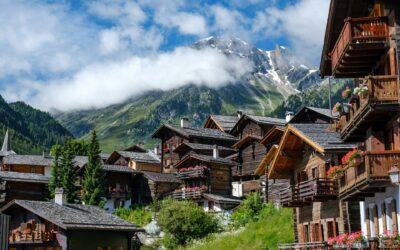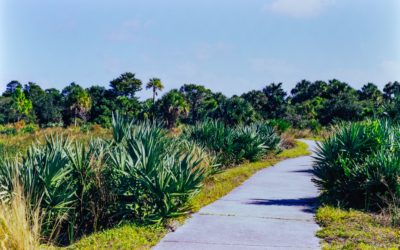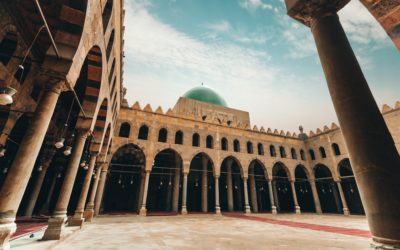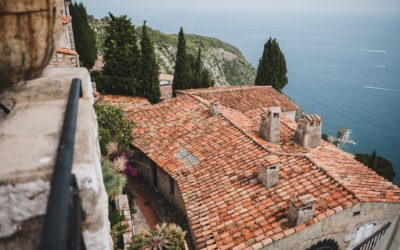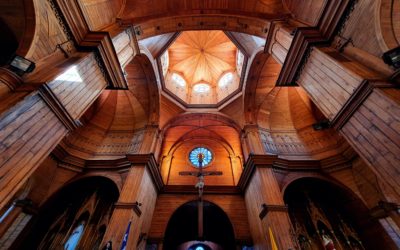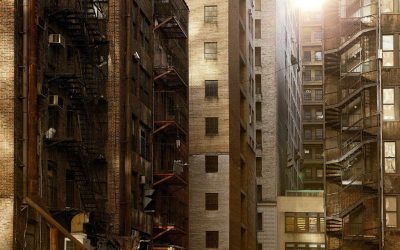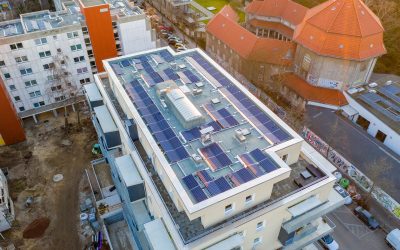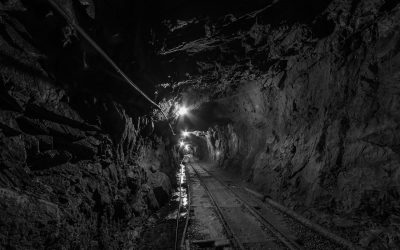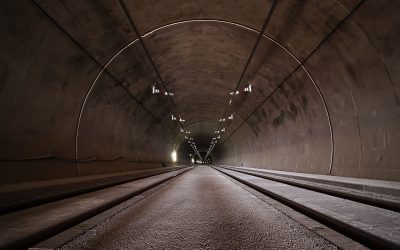CARTIF PROJECTS
ITEHIS
Innovative technologies to proceed to the technical inspection of historical buildings
Description
ITEHIS studies the applicability of innovative and digital technologies to proceed to the technical inspection of historical buildings for public or private use, in parallel to the existing one for those of new construction, to lay the foundations of a specific regulation that guarantees their sustainability, granting them a qualification that allows objectively prioritizing the resources destined for its conservation.
To carry out the inspection, a methodology is proposed that considers nine fundamental aspects to assess the structural and conservation status of historical real estate, all of them united by the HBIM (Heritage BIM) paradigm.
Objectives
- Apply non-invasive analytical techniques that facilitate conducting on-site studies.
- Control the factors of alteration and deterioration.
- Propose corrective, preventive and improvement actions.
- Obtain data on the evolution of the state of conservation of historical buildings.
- Guarantee the issuance of a standardized report through exhaustive studies and approved tests.
- Prepare a pre-normative aligned with CEN TC 346 and AENOR.
Actions
- Provide complete information on the state and technical characteristics of the building.
- Offer practical information and regulated procedures that can be used by companies and professionals of Cultural Heritage.
- Improve the accessibility, habitability, comfort and appearance of historical buildings.
- Update public administration inventories.
- Promote the local economy based on this type of assets.
Expected results
- Making a pre-normative that contains the methodology to be followed to carry out the technical inspection of historical buildings and that includes the particularities that must be taken into account when evaluating the historical heritage.
- The pre-normative will contain guidelines, recommendations, examples of application of new technologies for inspection and a check list that allows the final evaluation of the state of the building.
Partners:
SMES R&D
04/18/VA0067; 04/18/PA/0008; 04/18/ZA/0007

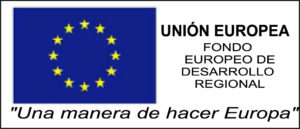
Contribution: 89.912,24 €
Duration: March 2020 – March 2022
Responsible
Ana López Vidal
Industrial and Digital Systems Division
Networking
Cultural heritage projects:
RURBANIVE
RURBANIVE will establish a novel rural/urban innovation framework, supported by technical and social innovations to enhance territorial governance and existing policy tools.
RURACTIVE
RURACTIVE encourage a just and sustainable transition of rural areas through intelligent solutions, lead by the community, tailor-made, based on the local and inclusive inside the multi-stakeholder rural innovation ecosystems at 12 pilot areas (Dynamos, Ds).
SRURAL
SRURAL aims to investigate and advance in recognized disruptive technologies (cognitive computing, edge computing and dynamic geo-information), in addition to demonstrate their application in our natural spaces and their extensive cultural heritage (cultural landscapes as a whole), in such a way that causes a real transformation of the territory providing practical ways of proceeding with management
TExTOUR
TExTOUR mobilizes 18 partners, represented in the quintuple social innovation helix (knowledge, business, society, government and entrepeneurs) to co-design, validate and upscale to various levels, policies and strategies with positive impact on the socio-economic territorial development based on cultural tourism.
RURITAGE
RURITAGE enables rural regeneration through cultural and natural heritage (CNH). Has selected 13 rural areas as Role Models, i.e. successful cases regenerated thanks to CNH in 6 Systematic Innovation Areas.
INSITER
INSITER eliminate the gaps in quality and energy-performance between design and realization of energy-efficient buildings based on prefabricated components.
SHCITY
SHCITY addresses the innovative challenge of creating a unique tool to manage historic urban centers and facilitate the work of the competent authorities in decision making. SHCITY will integrate data collected by sensor networks with artificial vision and 3D scanning technologies deployed in the urban area (Ávila), in order to respond to conservation, security, energy efficiency and tourism needs.
RENERPATH-2
The goal of the project called “Energy Refurbishment Methodology for Heritage Buildings” (RENERPATH-2) is to establish a specific European pre-normative, focused on the energy refurbishment of heritage buildings, whether public or private use, in parallel with the newly constructed buildings law.
INFIT
In INFIT, automatic data capture systems have been developed to obtain an accurate and objective image of the tunnel surface.
SITEER
Currently, inspections of road and rail tunnels are carried out manually. CARTIF and Geocisa have studied how to implement technologies that allow inspecting automatically tunnels to achieve its preventive maintenance, developing a system which is able to organize the collected data.
PAVIREX
The PAVIREX project, “New safer pavements in extreme temperature conditions”, was co-financed by the Ministry of Science and Innovation and FEDER Funds, through the INNPACTO 2011 call. The consortium of the project is formed by CARTIF, Grupo Campezo, Euroestudios , Proas (Cepsa), Eiffage, the University of Oviedo and the University of the Basque Country.
RENERPATH
This project, which was developed between 2011 and 2013, established an energy rehabilitation methodology based on novel and non-intrusive techniques for the energy analysis applicable to public and private heritage buildings.





